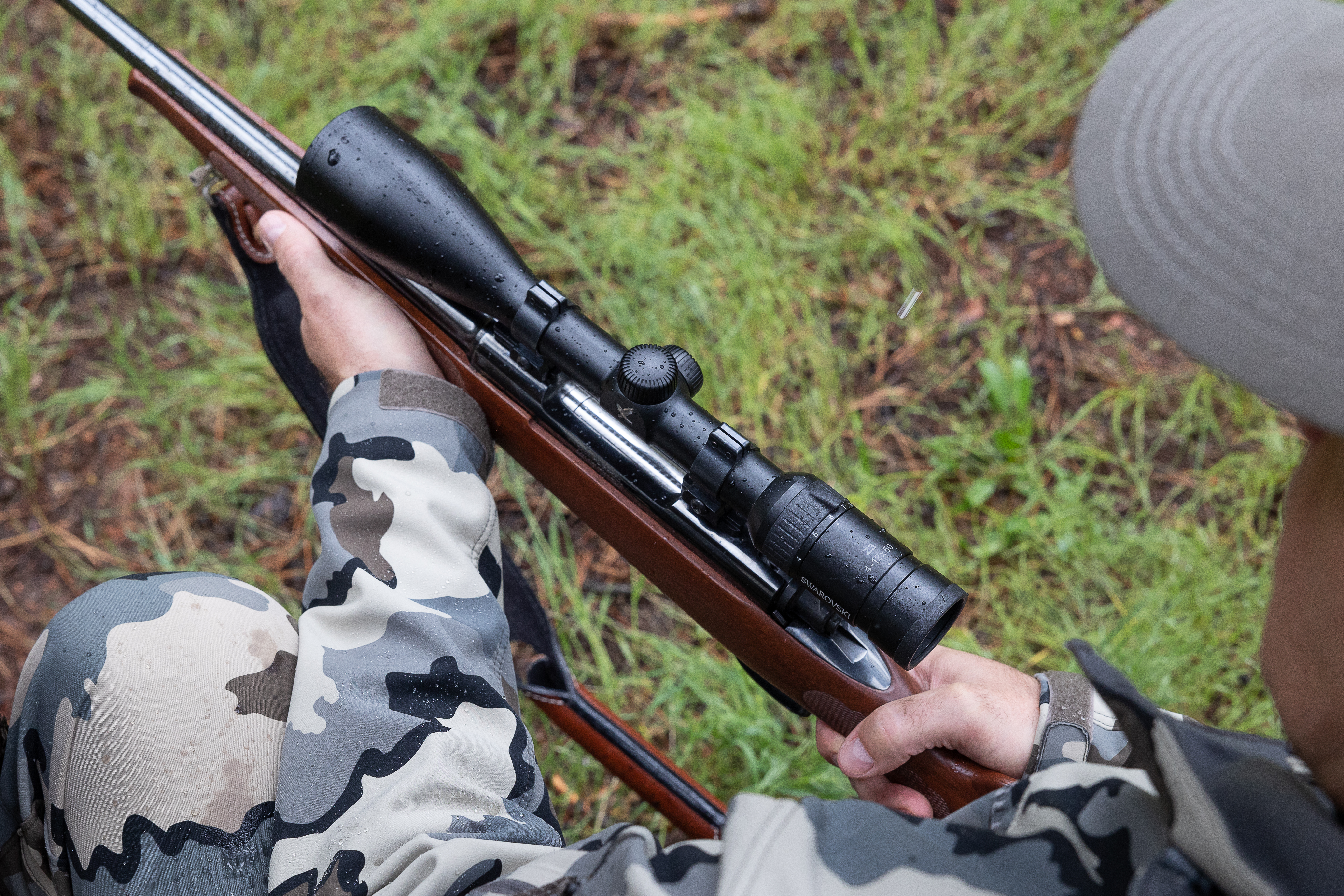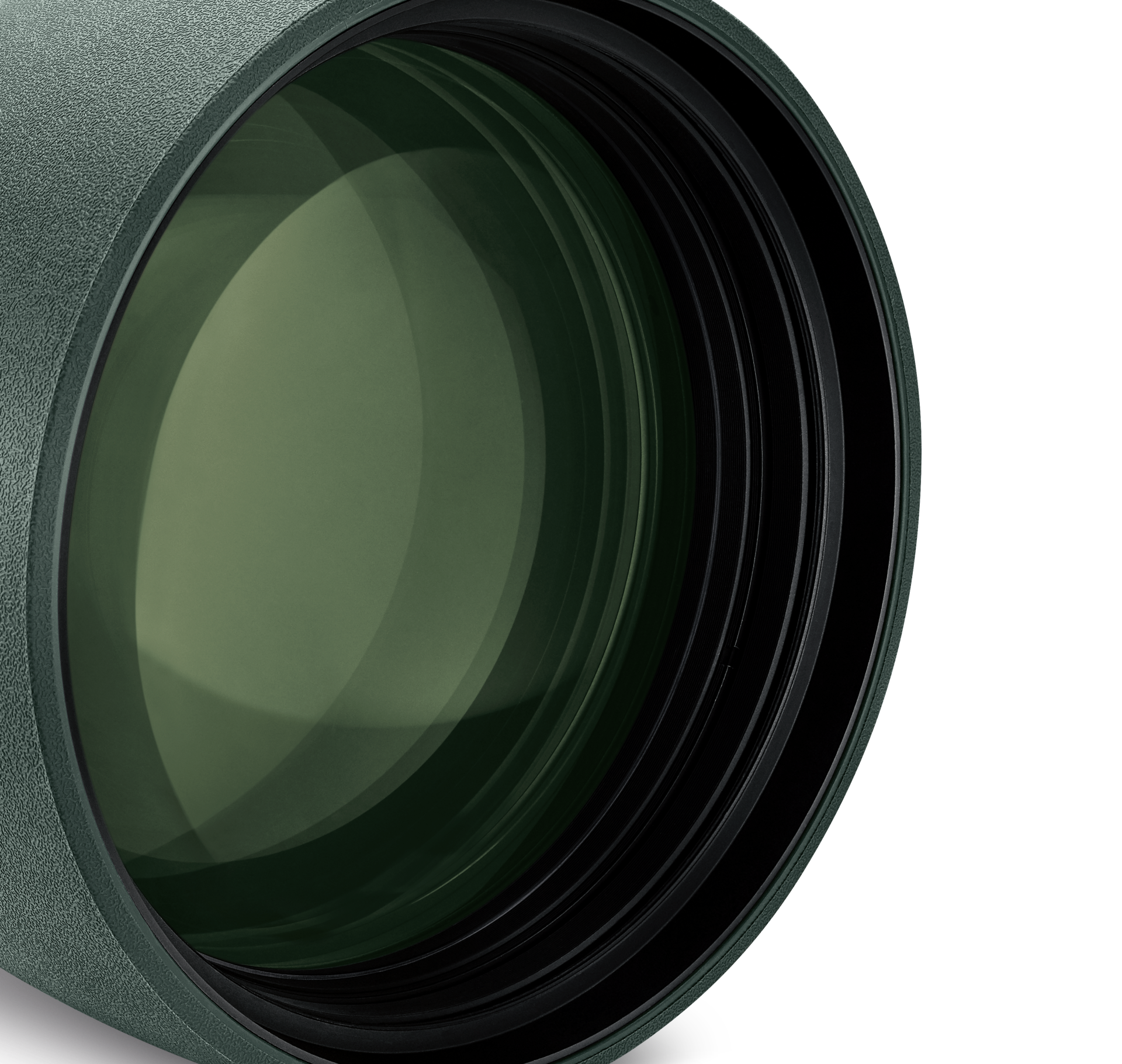What to consider when choosing your riflescope
 Light transmission
Light transmission
This describes the amount of visible light that can pass through an optical system and is expressed as a percentage. The objective lens diameter specifies how much light can enter the optics. This makes it a key factor in an instrument’s performance, for example, in twilight. The bigger the objective lens diameter, the more light the objective lens can capture. The darker the surroundings, the larger the objective lens diameter needs to be. Check the precise product name as the number after the ‘x’ specifies the objective lens diameter in millimeters. A device with a suffix of 2-16x50, for example, has an objective lens with a diameter of 50 mm.
 Magnification
Magnification
The magnification specifies how much closer an object appears to be. The higher the magnification, the closer the object appears and the smaller the field of view. Rifle scopes usually have variable magnification (zoom), e.g. 2-16x. This means it is possible to zoom continuously from 2x to 16x magnification.
 Impact point adjustment
Impact point adjustment
To always be able to aim at the sighting point from different distances, the reticle is adjusted so that the impact point matches the aiming point. The aiming point is the point on the object you want to target. The reticle adjustment in the turrets on the rifle scope is operated using the click settings. Each click changes the impact point.
 Adjustment range
Adjustment range
The adjustment range describes the range within which you can correct the impact point by adjusting the reticle without moving the device. The adjustment range is specified in relation to both the elevation and the windage adjustment.
We measure the adjustment range in meters per 100 meters (m/100m) or inches per 100 yards (in/100yd). Other manufacturers choose to specify this in MRAD (milliradians) or MOA (minutes of angle).
 Light transmission
Light transmission
This describes the amount of visible light that can pass through an optical system and is expressed as a percentage. The objective lens diameter specifies how much light can enter the optics. This makes it a key factor in an instrument’s performance, for example, in twilight. The bigger the objective lens diameter, the more light the objective lens can capture. The darker the surroundings, the larger the objective lens diameter needs to be. Check the precise product name as the number after the ‘x’ specifies the objective lens diameter in millimeters. A device with a suffix of 2-16x50, for example, has an objective lens with a diameter of 50 mm.







 BRX
BRX 4A
4A Z3 3-10x42
Z3 3-10x42 Customer ServiceMO - TH 8:00 - 17:00 AND FR 8:00 - 12:0000800 3242 5056customerservice@swarovskioptik.com
Customer ServiceMO - TH 8:00 - 17:00 AND FR 8:00 - 12:0000800 3242 5056customerservice@swarovskioptik.com